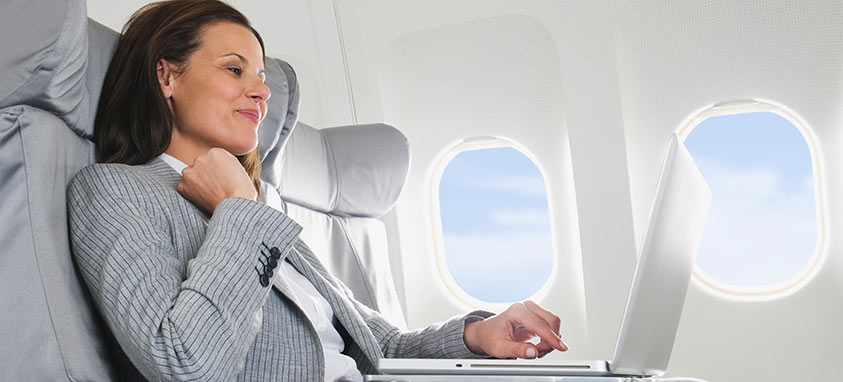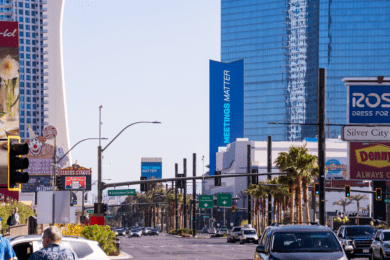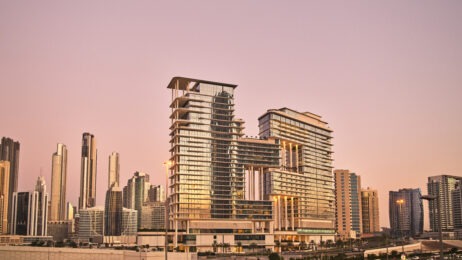New attention to the niche class and what its future looks like
Barring any delays or cancellations, boarding a plane is an exciting experience. Flight attendants smile, and everything feels cheery as passengers shuffle on board. But soon envy kicks in—business-classers are seated with champagne in hand, cradled in the warmth of a blanket and afforded the freedom of exorbitant legroom.
The jump to economy class feels abrupt: Babies are screaming and a strange odor from the mix of airport food permeates. Why do we have to break the bank for a spa-like experience or settle for the slums of economy?
Airlines constantly seek innovative ways to impress. Even though premium economy class has been an option on several airlines for years, with Taiwan’s Eva Air and UK’s Virgin Atlantic being the first to offer this service (in the early ’90s), this is still a new prospect for many. And with impending premium additions on airlines such as Delta Air Lines and American Airlines, others might very well follow suit if all goes well.
Some airlines haven’t fared well in establishing a premium class. Turkish Airlines added wider seats, 19.5 inches wide with 46 inches of total space to its Boeing 777-300ERs in creating its Comfort Class. Although comfort was enhanced, only seven seats could fit across a row. Travelers preferred the lower rates offered by competitors, resulting in Turkish Airlines eliminating Comfort Class last year.
So who will be buying a premium economy ticket? According to Skift, airline executives believe that business travelers on tight budgets and vacation travelers willing to step up for a more moderate fee were main targets.
Airlines offering premium economy will each have a distinct spin, at times varying by aircraft. Compared with economy, premium will add 1 to 2 inches of seat width and 2 to 3 inches of recline. In some cases, electronic services may be upgraded, and accessible power ports and larger video screens are common. Food is another big draw that premium could take advantage of.
The cost difference of premium is definitely significant. A seatguru.com study reveals that booking trans-Atlantic flights on premium generally costs 85 percent more than normal economy-class tickets. However, booking closer to the travel date could cause that to drop to 35 percent. A premium ticket for a trans-Pacific flight fares is an astounding 95 percent higher than economy. In addition, Pacific flight fares are barely impacted by the time of booking. Business class still takes the cake, being 65 percent more expensive than premium class. That’s some expensive legroom.
When is it worth the cost? Seatguru.com estimates that an extra 10 to 15 percent increase is about a fair value.




